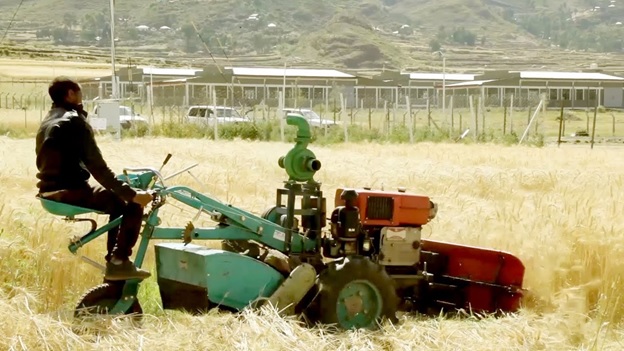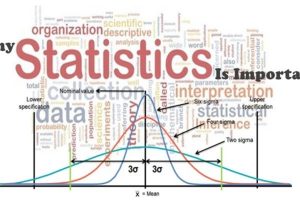
BY MENGISTEAB TESHOME
The current situation of the globe bears witness that the world is facing multiple challenges in relation to food security including undernutrition and overconsumption, rising food prices, population growth, rapid diet transitions, threats to agricultural production, inefficient production practices and supply chains, and declining investment in food system research.
In addition to causing widespread human suffering, food insecurity contributes to degradation and depletion of natural resources, migration to urban areas and across borders, and political and economic instability.
Though one of the country’s greatest challenges is meeting society’s growing food needs, reducing agriculture’s footprint is taking place simultaneously. This effort requires the ‘sustainable intensification’ of agriculture; producing more food on less land with less water, and in a more sustainable way. As this challenge is exuberating in low-and lower middle-income countries where 95 percent of all farms are smaller than five hectares, nations along with development partners are trying to address the challenge through various approaches.
According to the second International Finance Corporation bulletin, there are about 475 million smallholder farms, predominantly in Asia and Africa. The overwhelming majority of them have low productivity and faces constraints in accessing inputs, finance, and knowledge, as well as technology, labor and market.
Growth in emerging markets and rising demand for higher-quality food products create new opportunities for private firms along the entire agricultural value chains. In parallel, emerging technologies are making it possible to lower costs and dramatically reshape these value chains. However, technologies are also introducing new risks of disruption and redundancy. To counter these forces, ingenuity, innovation and considerable investment will be needed for decades to come.
The future of agriculture requires new and pioneering partnerships between different stakeholders in the food system. Achieving the sustainable development goals to end extreme poverty by 2030 will require an estimated 4.5 trillion USD annually, far more resources than multilateral development banks or donors can provide by themselves.
To meet this challenge, International Finance Corporation (IFC) is actively participating in designing the new ‘Maximum Finance for Development’ (MFD) and “Cascade” approach.
It is crystal clear that agriculture is playing a major role in Ethiopian society and providing a livelihood for most of its population contributing a significant economic output. Although the agricultural sector has experienced impressive economic growth in the country, productivity remains low by global standards. Most small-scale farmers use simple agricultural methods, such as ox-drawn ploughs and sowing by hand. Even in areas where farm machinery is available through service providers, the technology is often outdated and employed in poor quality. Therefore, the use and expansion of modern agricultural mechanization technology at the level of smallholder farmers is indispensable to improve productivity and attain food security in a sustainable manner.
To translate the effort to the ground, each activity should be well examined because as a global community, there is a need to make concurrent, strategic investments to establish climate-resilient agricultural production systems, make efficient use of resources, develop low-waste supply chains, ensure adequate nutrition and encourage healthy eating choices. This will require significant capacity for coordinated action in policy-making, private business and civil society and will not be possible without scientific and technological innovation.
If we try to work with smallholder farmers, it will be possible to produce significantly more food on less land, with less water, using less energy, fertilizer and pesticide without further encroaching on sensitive ecosystems. Intensification of food production must be accompanied by concerted action to reduce greenhouse gas emissions from agriculture to avoid further acceleration of climate change and to avert threats to the long-term viability of global agriculture. Climate-smart agriculture must enhance and secure the livelihoods of rural farmers.
There is a large potential for reducing net food system emissions through efficiency measures in production as well as through demand management such as reduction of loss and waste in supply chains and changing food preferences.
Small-scale agriculture has contributed more than 40 percent of the country’s GDP and employed 70 percent of the workforce, said Aisha Mohammed, Minister of Irrigation and Lowlands, in a meeting with Precision Consult and other stakeholders to use solar water pumps for irrigation development and to assemble solar equipment in Ethiopia.
Although the ministry was established on September 24, 2014 E.C, it has brought great achievements in a short period of time, according to the Minister.
She underscored that her office is focusing on modernizing agricultural productivity by filling the gap between water and energy infrastructure, and based on the national irrigation strategy set by using modern technologies, the main objective is to ensure the food self-reliance of the country and alleviate the food shortage.
The Ministry is working on the construction and expansion of large and medium irrigation projects and the empowerment of small-scale irrigation entities using solar power technology.
Meanwhile, Henok Asefa, the general manager of Precision Consult, said that the program enables small-scale irrigation farmers to overcome the challenges they face in the field, and its main objective is to enable water pumps to expand irrigation using solar energy.
The program is intended to be implemented in Amhara, Oromia and other regions.
Finally, because the multiple threats to food security are interconnected, and multi-scale and robust knowledge systems are critical given the increasingly globalized food system. Ethiopia should further strengthen not only following the footsteps of developed nations but also customizing along with the realities on the ground. The other point that should be noted is that putting in place adaptive management and governance to improve nutritional security, economic prosperity and environmental outcomes require a much better global system for integrating information about agriculture, ecosystem services, markets and human populations in real time.
Existing and future investments in information and knowledge must be structured to identify limits, inform tradeoffs and deliver practical guidance for a sustainable future, not simply to maximize single components of the food system. Mechanisms should include remote-sensing and ground-based monitoring systems and spatially explicit support systems that integrate biophysical and socioeconomic information.
Such an information system will give the farmer a richer understanding of the dynamic systems the country depend on and will enable the farmers to renew and broaden their efforts to secure a more sustainable and healthy food system for the current and future generations. It will also enable measurement of progress toward target indicators such as those identified in Ethiopia’s 5-year Country Investment Plan for improved tenure of land and water resources, access to financing, private-sector involvement and empowerment of women.
Two-wheel tractors have replaced outdated farming tools, helping Ethiopian farmers reduce drudgery, improve productivity and increase their profits.
The Ethiopian Herald 21 August 2022





